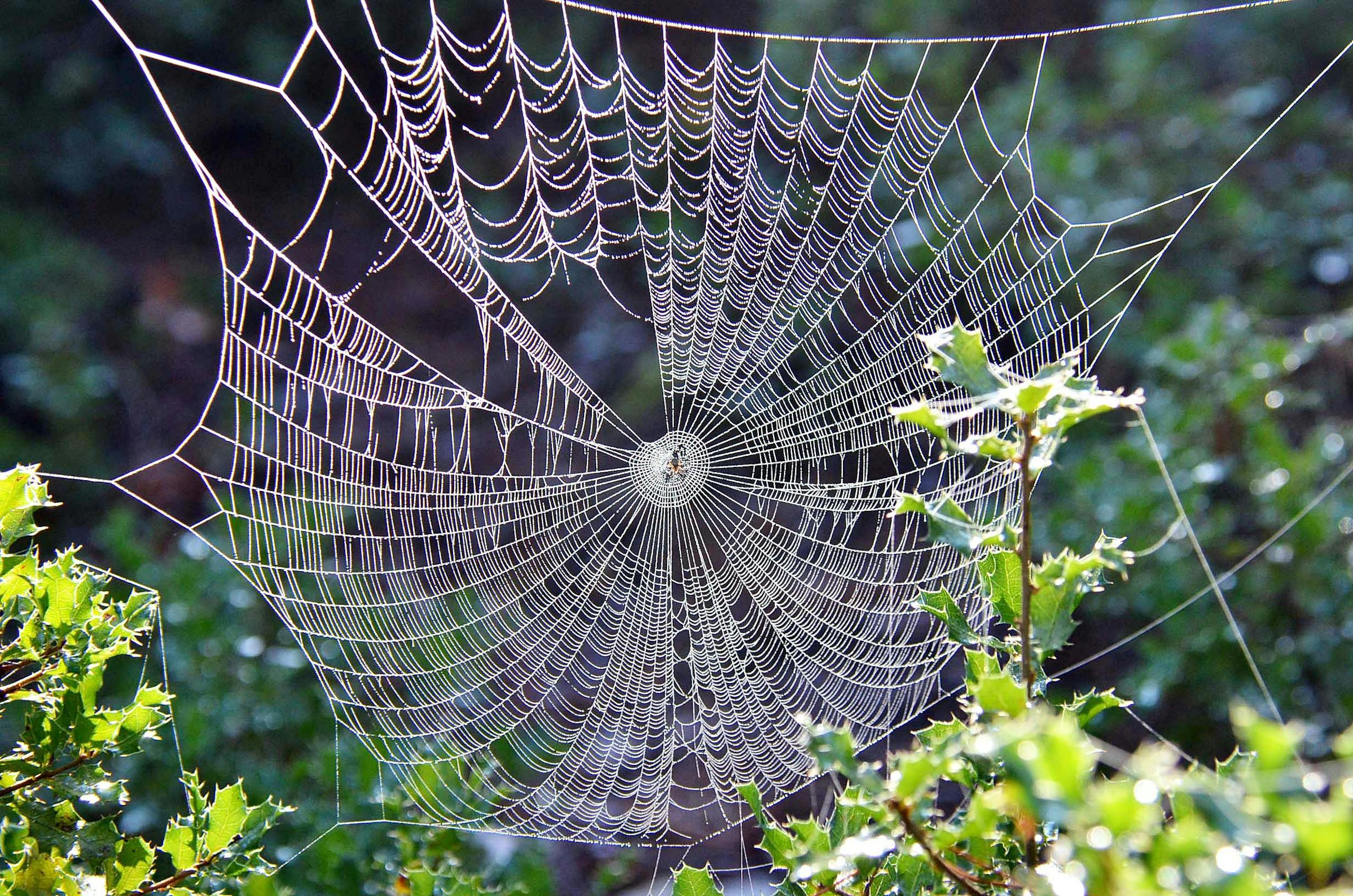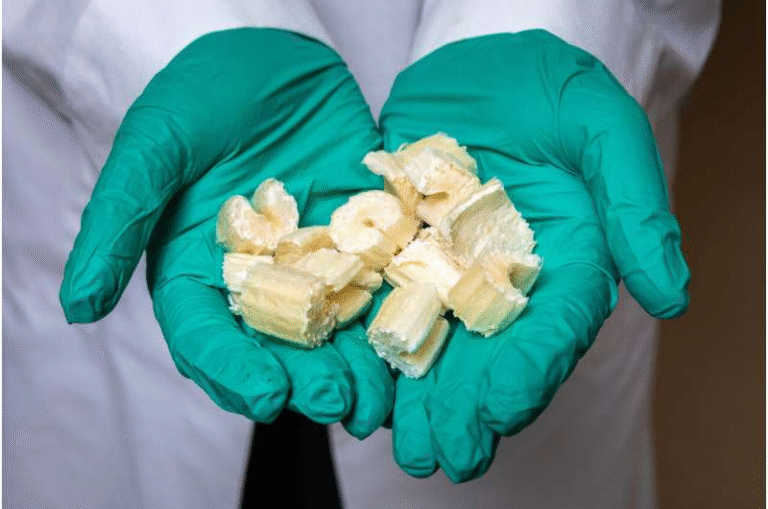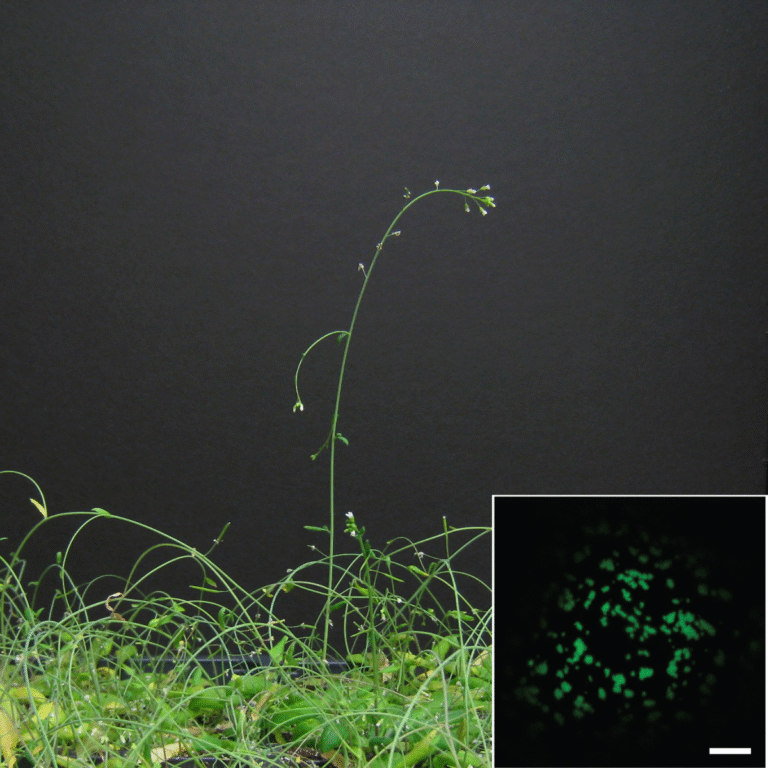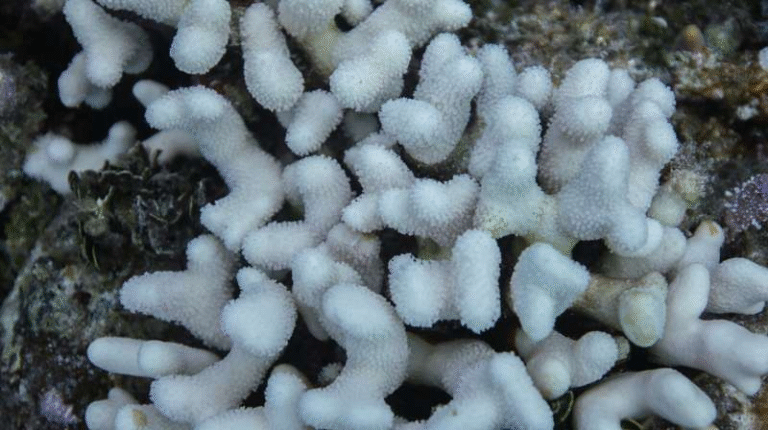Spider Web Decorations May Help Spiders Detect and Pinpoint Their Prey More Precisely

A new study published in PLOS One has shed fresh light on one of nature’s most intriguing mysteries — why some spiders add decorative silk patterns, known as stabilimenta, to their webs. Researchers have long debated the purpose of these silk “extras,” and now, scientists from the Swedish University of Agricultural Sciences believe they may play a subtle but fascinating mechanical role: helping spiders detect exactly where prey has landed in their webs.
Understanding the Mystery of Stabilimenta
If you’ve ever noticed a spider web with a distinctive zigzag or circular white pattern, you’ve seen a stabilimentum. These structures, made from thick silk threads, are most famously associated with the wasp spider (Argiope bruennichi) — a striking orb-weaver with black, yellow, and white stripes. For decades, scientists have tried to figure out why these spiders spend extra energy weaving what appears to be ornamental silk that doesn’t seem essential for catching prey.
Theories about stabilimenta are diverse. Some suggest the decorations attract prey by reflecting ultraviolet light, making the web more visible to insects that perceive UV wavelengths. Others propose that the silk acts as a deterrent to predators like birds or wasps, warning them of the web’s presence so they don’t destroy it. Additional ideas have included water collection, body temperature regulation, or structural reinforcement.
But there has always been another intriguing possibility — that these patterns might somehow influence how vibrations travel through the web when prey becomes trapped. Until now, this theory had never been properly tested.
What the New Study Investigated
To explore this question, Gabriele Greco and colleagues conducted an extensive study on the webs of Argiope bruennichi, focusing on how different stabilimentum shapes affect vibration propagation — the way waves move through the web after an insect collides with it.
The team first observed wasp spiders in the wild across three years (2018–2020) and documented the different geometries of stabilimenta built by both adult and juvenile spiders. They identified six main types:
- Normal (N) – full zigzag lines running between the web’s radial spokes.
- Juvenile (J) – smaller, simpler versions made by younger spiders.
- Reduced (R) – partial zigzags or shortened forms.
- Platform (P) – a circular patch or “platform” around the web’s center.
- Drafted (D) – thin or incomplete decorations.
- Absent (A) – webs completely lacking a stabilimentum.
Using these observed designs, the researchers created computer simulations to test how each version affected vibration travel. They modeled prey impacts at different points on the web and in various directions, simulating how energy waves spread from the impact site.
What the Simulations Revealed
The results were surprisingly specific. When vibrations were generated perpendicular to the web — such as when an insect hits it directly — or across the spiral threads, the presence of a stabilimentum made almost no difference. The vibrations still reached the spider in roughly the same way and in the same amount of time.
However, things changed dramatically when the vibration traveled along the spiral threads (that is, tangentially to the web’s circular structure). In these cases, webs with stabilimenta transmitted the vibrations to a larger number of points across the web — meaning more of the radial “spokes” connected to the spider’s resting spot registered the signal.
In simpler terms, the decorated webs allowed the spider to feel prey movements from more directions, improving its ability to pinpoint exactly where an insect had landed. The stabilimentum effectively enhanced the web’s “sensing network,” helping the spider locate prey more efficiently.
While the effect wasn’t huge, it was measurable and consistent across the simulations. This indicates that stabilimenta do subtly alter the web’s mechanical properties — fine-tuning how vibrations move through the silk structure.
Implications and Real-World Meaning
The researchers emphasize that this doesn’t mean stabilimenta exist solely for this purpose. In nature, multiple functions may overlap. For instance, the decorations might simultaneously deter predators and improve prey detection, depending on environmental conditions. But this study provides quantitative evidence that stabilimenta influence the physics of vibration propagation — a finding that hadn’t been demonstrated before.
The team also notes that the stabilimentum’s effect was direction-dependent. It only enhanced detection for vibrations moving parallel to the web’s spirals. This makes sense when considering that spiders rely on extremely sensitive leg hairs and silk tension changes to sense prey. Even a small improvement in signal coverage could give them a survival advantage — especially for species like Argiope bruennichi that often rebuild or adjust their webs daily.
Why This Discovery Matters
The findings are exciting for two reasons. First, they deepen our understanding of spider behavior and silk engineering — an area already full of marvels. Spider silk is not only stronger than steel by weight but also has unique elasticity and energy-dissipation properties. These features allow spiders to build webs that can absorb the impact of fast-flying insects without breaking. The addition of stabilimenta adds yet another layer of complexity to this natural design.
Second, the research could inspire advances in bio-inspired materials science. Engineers are increasingly looking to natural structures — from bird feathers to fish scales — to design better synthetic materials. The way stabilimenta alter vibration patterns could inspire metamaterials with tunable wave-propagation properties. Such materials could be useful in areas like acoustic insulation, vibration control, and even earthquake-resistant structures.
The authors point out that their models could help inform the design of elastic materials that distribute energy in controlled ways, much like a spider web does. In fact, some modern robotics and aerospace applications already borrow concepts from spider silk for lightweight and resilient design.
More About the Wasp Spider
The wasp spider (Argiope bruennichi) is a common orb-weaver across Europe, North Africa, and parts of Asia. It gets its name from its yellow-and-black striped body, resembling a wasp — a likely deterrent for predators. Females can grow up to 15 millimeters long, while males are much smaller, often less than 5 millimeters.
These spiders are most active during late summer when they construct large orb-shaped webs close to the ground, often among tall grasses. The female usually sits at the center, waiting for prey while keeping contact with key threads of the web to detect vibrations.
Wasp spiders have excellent control over silk production, using different silk types for different purposes — sticky spiral silk for catching prey, non-sticky silk for the frame, and stronger silk for wrapping food or egg sacs. The aciniform silk used in stabilimenta is known for being tough and durable, providing a strong but flexible addition to the web’s architecture.
What Remains Unknown
Despite the progress made by this study, several questions remain open. For one, why do some spiders build stabilimenta while others don’t, even within the same species? The decision may depend on environmental factors like humidity, light levels, prey availability, or predation pressure.
Moreover, while computer simulations show mechanical differences, real-world tests measuring how spiders respond to trapped prey in decorated vs. undecorated webs would further clarify whether the effect translates into better hunting success.
The authors themselves acknowledge that the mechanical advantages of stabilimenta might be small compared to other functions. But they also argue that nature often optimizes designs for multiple subtle benefits — meaning even a slight improvement in vibration detection could be evolutionarily significant.
Final Thoughts
This research elegantly combines biology, physics, and engineering to tackle an age-old question in arachnology. By using a blend of field observations and computer modeling, it shows that spider web decorations aren’t just for show. They actively change how vibrations move through the silk, potentially giving the spider better information about what’s happening in its web.
It’s a reminder that even seemingly decorative features in nature can have precise and functional purposes — and that the humble spider web continues to be one of the most sophisticated natural structures on Earth.
Research Reference:
The effect of different structural decoration geometries on vibration propagation in spider orb webs – PLOS One (2025)





